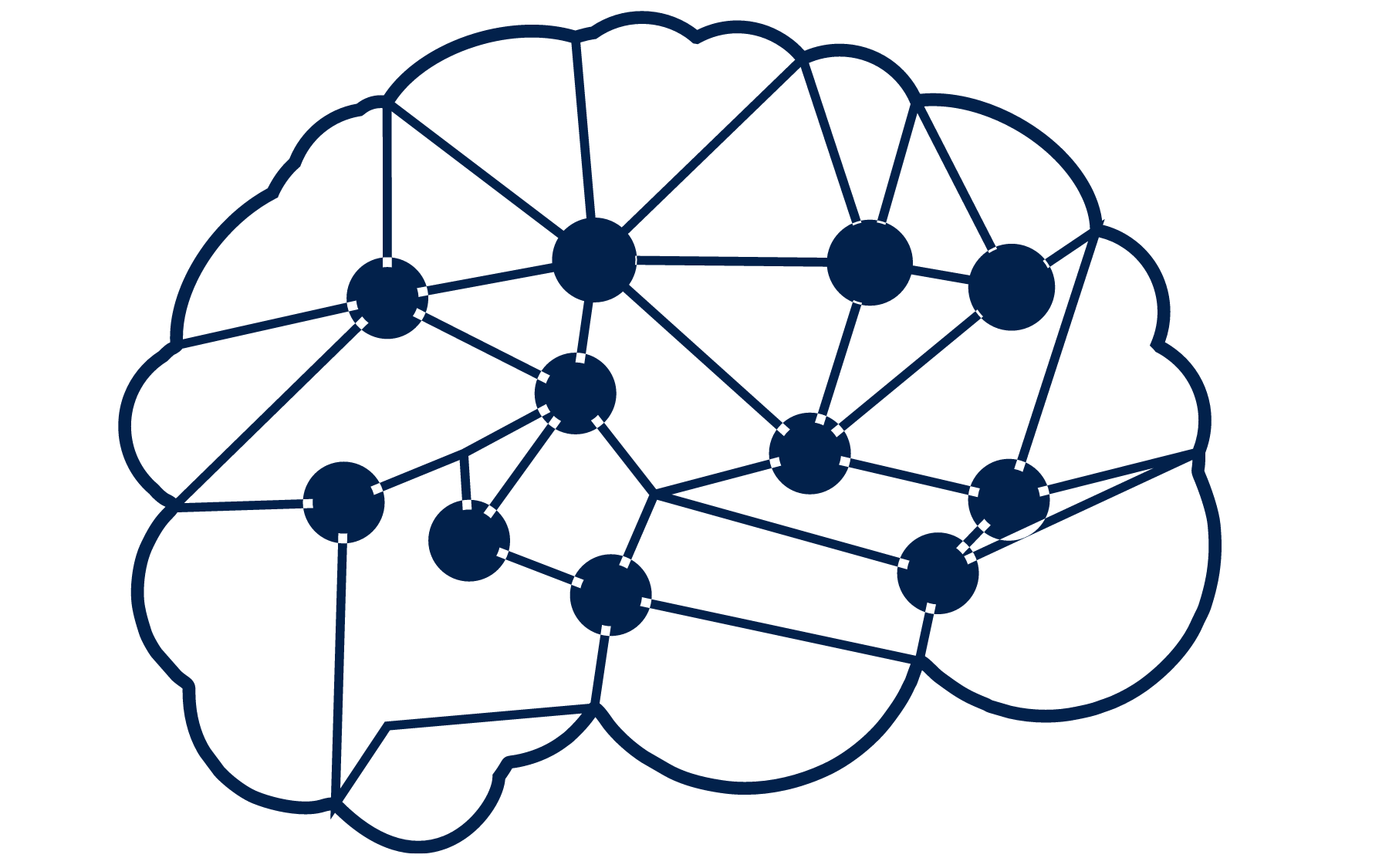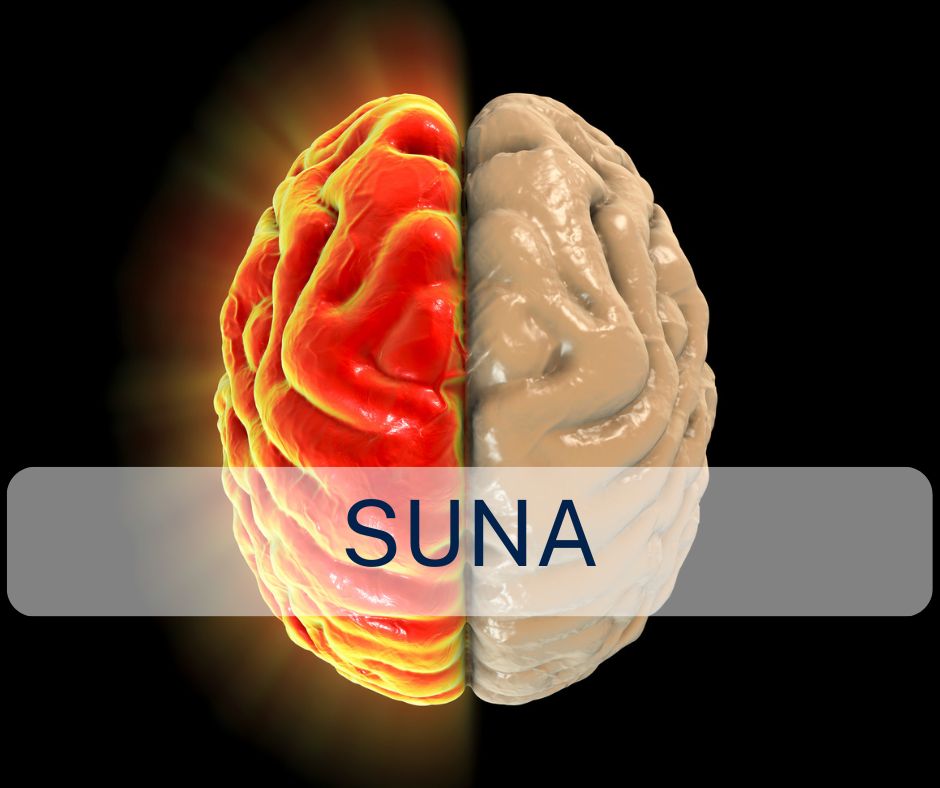Yes – botox injections can be used to treat headaches. Botulinum toxin also referred to as Botox, is produced naturally by the bacterium Clostridium botulinum. When purified, it can be used in minute, controlled doses to relax excessive muscle contraction. Botox is widely known for cosmetic reasons however, it can also be used to treat a number of neurological disorders including:
- Blinking or twitching of the muscles on one side of the face
- Dystonia’s (a movement disorder when a person’s muscles contract uncontrollably)
- Spasticity from strokes, multiple sclerosis and brain injuries
- Pathologically abnormal sweating or drooling
- Migraine and other headache disorders
The aim of botulinum toxin therapy is to reduce muscle spasm and pain, and restore more useful function for the individual. However, the effects are only temporary and are not a cure. For continued relief from symptoms, the patient will require repeat injections approximately every 3-4 months.
How do botox injections as therapy work?
When injected into muscles botulinum toxin has a local and controlled effect. It causes weakness in the nearby muscle by blocking the messages between the nerve endings and muscle fibres which reduces spasms. As neurons develop new nerve endings, these will reactivate the muscle contracture and this is the reason why repeat injections are required for continued symptom relief.

The botox injections procedure
Prior to the procedure you will have a consultation to discuss your symptoms, past medical history and medications. If the consultant decides that botulinum toxin therapy is appropriate, the procedure itself is quick and simple. After the injection site is cleaned, there may be a little pain or pressure when the injection is performed. The sensation is similar to having a vaccination injection.
Are there any side effects to botox injections?
Botulinum toxin injections have been used as medicine for over 15 years in the UK. This is a routine procedure and serious adverse events are rarely reported. There are some side effects to be aware of:
- Soreness at the injection site.
- Temporary weakness in the group of muscles being treated, or those nearby.
- Flu-like symptoms develop in some patients in the days following injections, this rarely happens.
- Very occasionally, temporary difficulty with bladder control and swallowing is seen.
This article is intended to inform and give insight but not treat, diagnose or replace the advice of a doctor. Always seek medical advice with any questions regarding a medical condition.






0 Comments